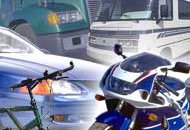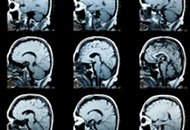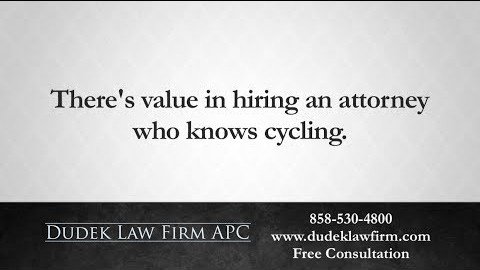 Often, the biggest mistake we make on bike climbs is a result of feeling great. Our legs are feeling fresh, and we feel invincible. This leads us to go too hard too fast. We are at the bottom of a significant climb and, because we’re too fired up, we’re hammering away at our pedals at a pace that is not sustainable. How do you know you’re starting too fast, though?
Often, the biggest mistake we make on bike climbs is a result of feeling great. Our legs are feeling fresh, and we feel invincible. This leads us to go too hard too fast. We are at the bottom of a significant climb and, because we’re too fired up, we’re hammering away at our pedals at a pace that is not sustainable. How do you know you’re starting too fast, though?
Signs You’re Starting Too Fast
- You’re generating more lactic acid than you can use – Your muscles are beginning to ache, burn, and cramp. This painful experience comes from lactic acid buildup in your bloodstream, and it’s caused by using up oxygen faster than you can replenish it. Your body is telling you to slow down and pace yourself. If you don’t listen, your symptoms will only get worse.
- You can’t speak in short phrases – When you’re on a climb, you shouldn’t be able to speak in complete sentences. Being able to have a full conversation means you’re probably taking it too easy. You should, however, be able to speak in short phrases of a few words at a time. “Need water?” “Yeah, toss it.” If you’re gasping for air without speaking, you should take it down a notch, or you’re are going to burn out before the summit.
- You’re standing on your pedals too much – Standing on your pedals should only be used to gain leverage. If you are standing up most the time, it’s likely to put your heartrate “in the red.” Use the standing position sparingly for an extra boost.
Biking should be uncomfortable, but it should not be painful. If you’re an experienced biker, you should know the difference between the feeling of discomfort and pain. Being in pain will remove the fun from riding and make you too sore to ride the next day. By taking it down from, say, 90 percent of your max to 80, you can enjoy your ride while still making incremental improvements and not feeling horrible the next day. That’s discomfort, and that’s the key to a successful bike climb.
Bonnici Law Group is a cycling enthusiast and a San Diego personal injury attorney dedicated to bicycle safety and helping the victims of bicycle accidents.


























 1620 5th Avenue
1620 5th Avenue 1620 5th Avenue
1620 5th Avenue